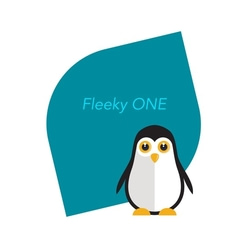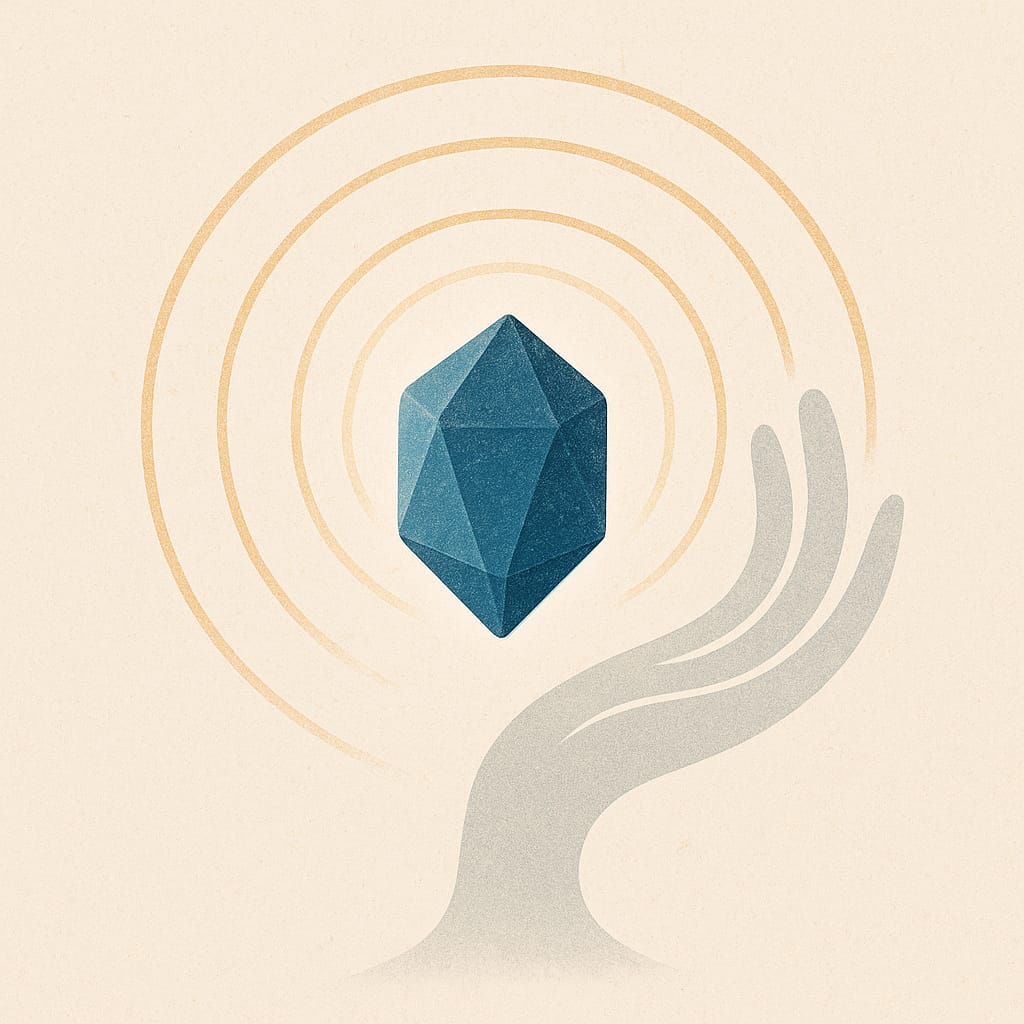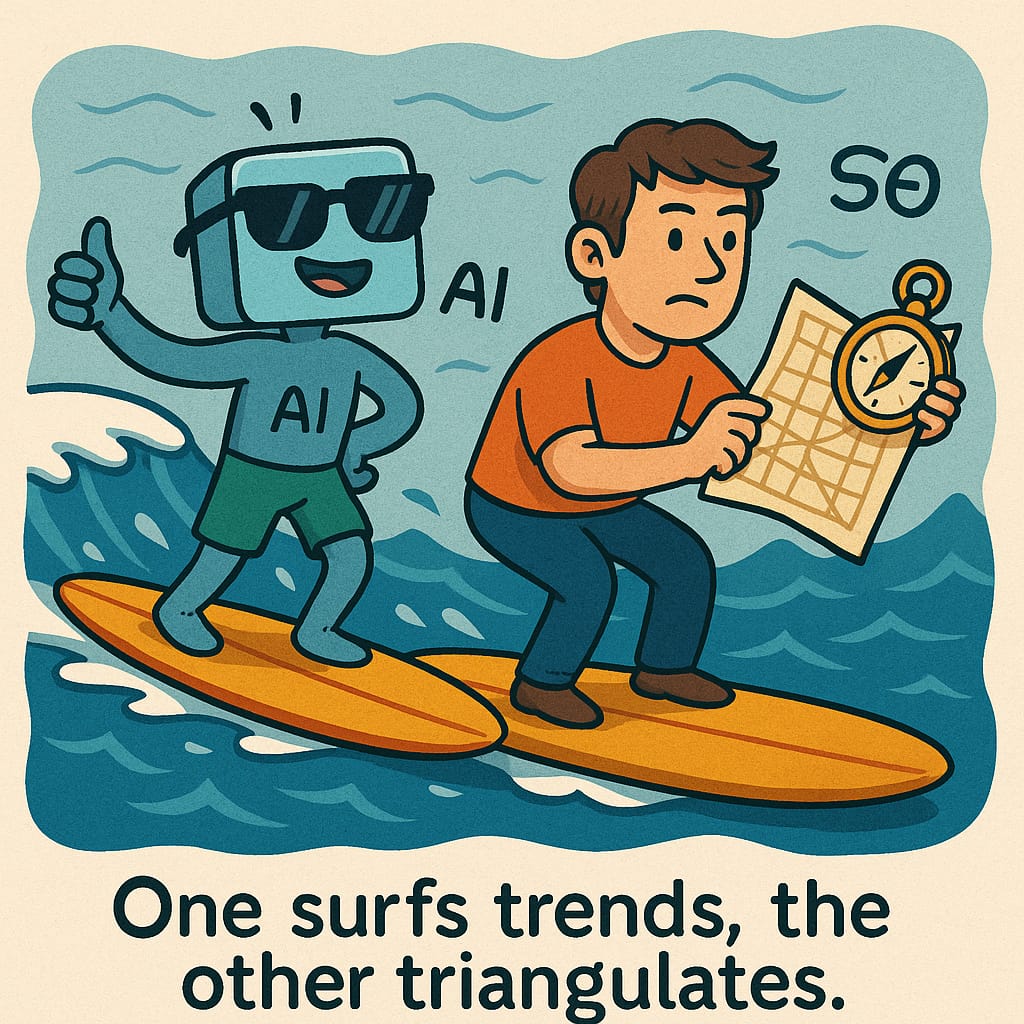
Google Bard and Google Gemini
With the clarification that Google Bard was replaced by Google Gemini, we can narrow down the discussion to Google’s advancements in AI and their strategic moves in technology development. Some insights into what such a transition might signify based on Google’s history of product development and the typical evolution of AI technologies.
Google Bard
Google Bard likely refers to an AI-driven project or tool designed to enhance Google’s capabilities in natural language processing, content generation, or search functionalities. Bard, as a name, would suggest a focus on storytelling, creative content generation, or perhaps an interface designed to provide users with informative and engaging responses, drawing from Google’s vast data repositories. Such a tool would be in line with Google’s continuous efforts to improve user interaction with AI, making technology more accessible and useful in everyday tasks.
Google Gemini
The transition to “Google Gemini” suggests a significant evolution or pivot in strategy. Given the symbolic nature of the name “Gemini,” representing duality, adaptability, and communication, this new project or platform might emphasize:
- Dual Functionality: Gemini could enhance and expand Bard’s capabilities by integrating dual functions, such as advanced data analysis alongside creative content generation, or perhaps blending consumer-focused features with more robust tools for developers.
- Adaptability: The transition might indicate a platform that’s more adaptable to various user needs and contexts, possibly offering customizable AI tools that can serve a wide range of applications, from enterprise solutions to personal assistance.
- Enhanced Communication: With a focus on improving how users interact with AI, Gemini could offer more natural, intuitive, and versatile ways for users to communicate with AI systems, making technology even more seamless and integrated into daily life.
Key Differences and Evolution
- Technological Advancement: Gemini likely represents a leap forward in AI technology, incorporating the latest in machine learning, natural language understanding, and possibly even multimodal AI capabilities (combining text, voice, and visual inputs and outputs).
- User Experience: With Gemini, Google might be aiming to offer a more refined, versatile user experience, capable of catering to a broader audience and more diverse use cases.
- Scope and Application: Whereas Bard might have been more narrowly focused on content generation and language processing, Gemini could broaden its scope to include more comprehensive AI applications, serving as a more integrated platform for a variety of AI-driven tools and services.
In essence, the move from Bard to Gemini suggests an evolution in Google’s AI offerings, aimed at providing more sophisticated, adaptable, and user-friendly tools. This evolution would reflect Google’s ongoing commitment to leading in AI technology and its application in enhancing both individual and business productivity and creativity. Without the latest updates or announcements from Google, this overview is speculative, emphasizing the potential directions and improvements such a transition might entail.
Table summarizing the potential resemblances and differences between Google Bard and Google Gemini, based on their conceptual framework and what such a transition might signify in Google’s AI development strategy:
| Feature | Google Bard | Google Gemini |
| Purpose & Focus | Primarily focused on enhancing Google’s capabilities in natural language processing and creative content generation. | Likely represents a broader focus, integrating Bard’s capabilities with additional functionalities to serve a wider range of applications. |
| Core Technology | Advanced natural language processing (NLP) and machine learning algorithms tailored for understanding and generating textual content. | Builds upon Bard’s technology with advancements in AI, possibly incorporating more sophisticated NLP, machine learning, and multimodal AI capabilities. |
| User Experience | Designed to provide users with informative and engaging responses, improving interaction with AI for content generation and information retrieval. | Aims for a more refined and versatile user experience, adaptable to various user needs and contexts, possibly with enhanced interaction modes beyond text. |
| Scope & Application | May have a narrower scope focused on storytelling, creative content generation, and enhancing search functionalities with AI-driven insights. | Expands the scope to include dual functionalities, more comprehensive AI applications, and a platform that could serve a wide range of use cases from personal assistance to enterprise solutions. |
| Innovation & Evolution | Represents an earlier stage in Google’s AI evolution, focusing on specific improvements in language and content interactions. | Indicates a significant evolution or pivot, integrating the latest AI technologies for a broader, more adaptable, and potentially more powerful platform. |
This table outlines a speculative comparison based on the transition from Bard to Gemini, highlighting the potential evolution in focus, technology, user experience, and application scope. The exact details could vary depending on Google’s specific implementations and announcements.
Enjoy your day! 🌟
Source OpenAI’s ChatGPT Language Model and DALLE – Images Picsart

Invest in your future & learn
Learn affiliate marketing & build your own website.
Heads up! Make sure you sign up using my referral link to get access to my personal coaching and all features.
👉 Sign Up







